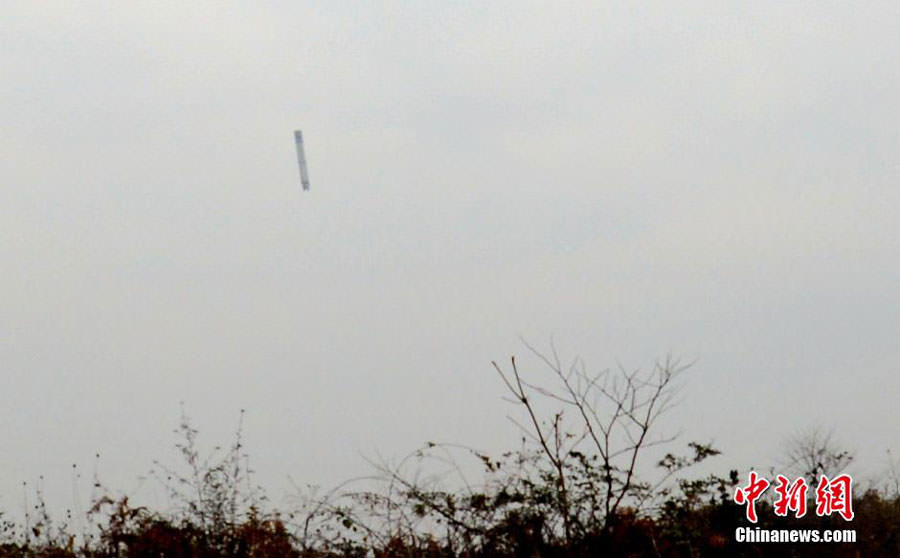Amazing images of falling rocket debris from a spent Chinese booster were captured in the final moments of its plummet back to Earth outside a remote village located in southwest China.
The images were taken by a photo journalist during the final seconds of the descent of the first stage of the Long March 3A rocket carrier as it was crashing to the ground by the village of Gaopingsi in southwest China’s Guizhou province on December 31, 2014.
Local villagers soon gathered around the rocket crash debris.
The rocket incident and images were featured online by the state-run China New Service (CNS) website. Checkout the photo gallery herein.
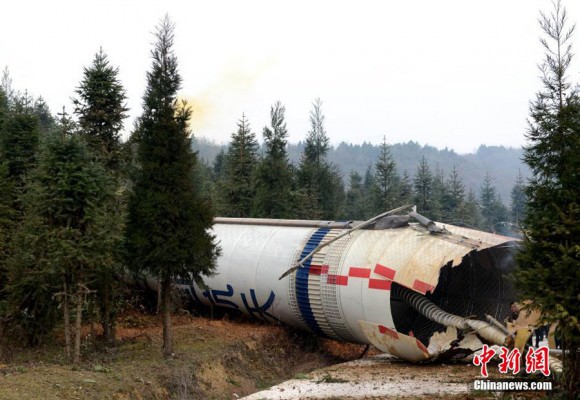
“A journalist captured the moment the debris was falling across the sky,” according to CNS.
No injuries or damage to the local village was reported.
“The landing did not influence the local villagers or bring any damages.”
The Long March 3A rocket debris stems from the successful launch of a Chinese meteorological satellite, some minutes earlier at 9:02 am local time on Wednesday, December 31, 2014.
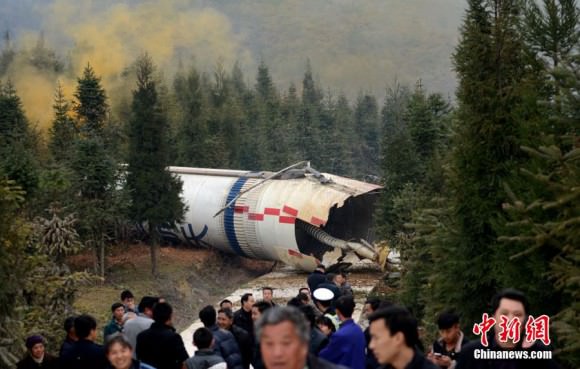
The photographer and local villagers made their way to the crash site and captured spectacular up close photos of the first stage rocket, engine and related debris that had fallen in a heavily forested area.
Chinese security officials eventually arrived, evacuated the villagers and cordoned off the area.
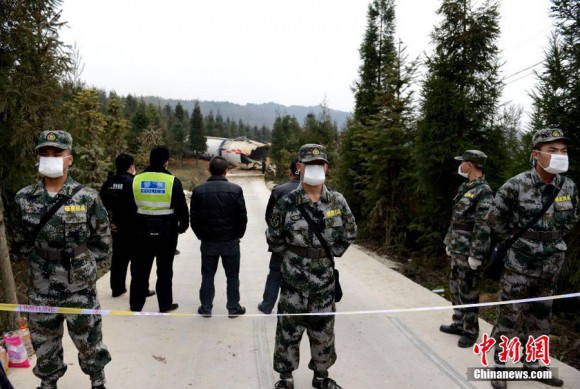
The rocket and Fengyun-II 08 satellite lifted off from the Xichang Satellite Launch Center in southwest China’s Sichuan province.

Fengyun-II 08 successfully achieved orbit. It will collect meteorological, maritime and hydrological data and transmit information that will be used for weather forecasting and environmental monitoring according to a CCTV report.
Since the Long March rockets blast off from China’s interior in Sichuan province, they flies over long swathes of land area and near some populated areas and occasional fall nearby and can occasionally cause damage.
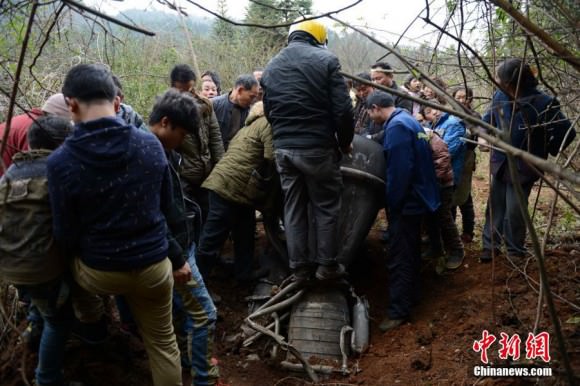
The situation is similar with Russian rockets launching from Baikonur in Kazahzstan.
By contrast, US and European rockets take off from coastal areas towards oceans. They avoid most populated areas, but not all. The flight termination system is required to protect nearby coastal towns in case of wayward rockets like the Oct. 28 failure of the Orbital Sciences Antares rocket which exploded seconds after blastoff.
Stay tuned here for Ken’s continuing Earth and planetary science and human spaceflight news.

